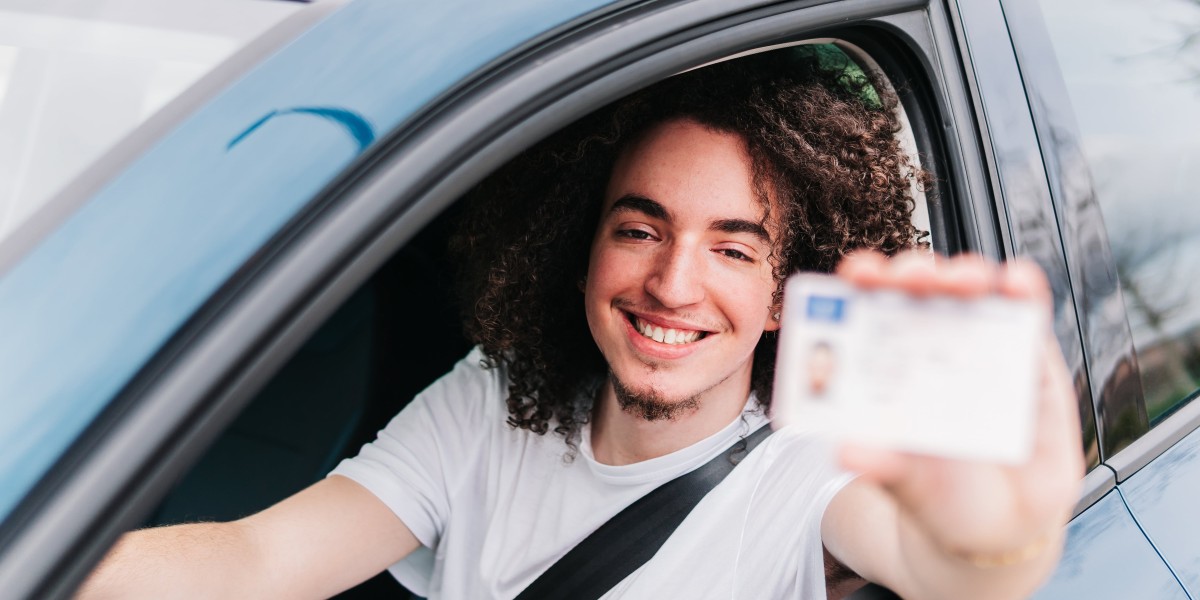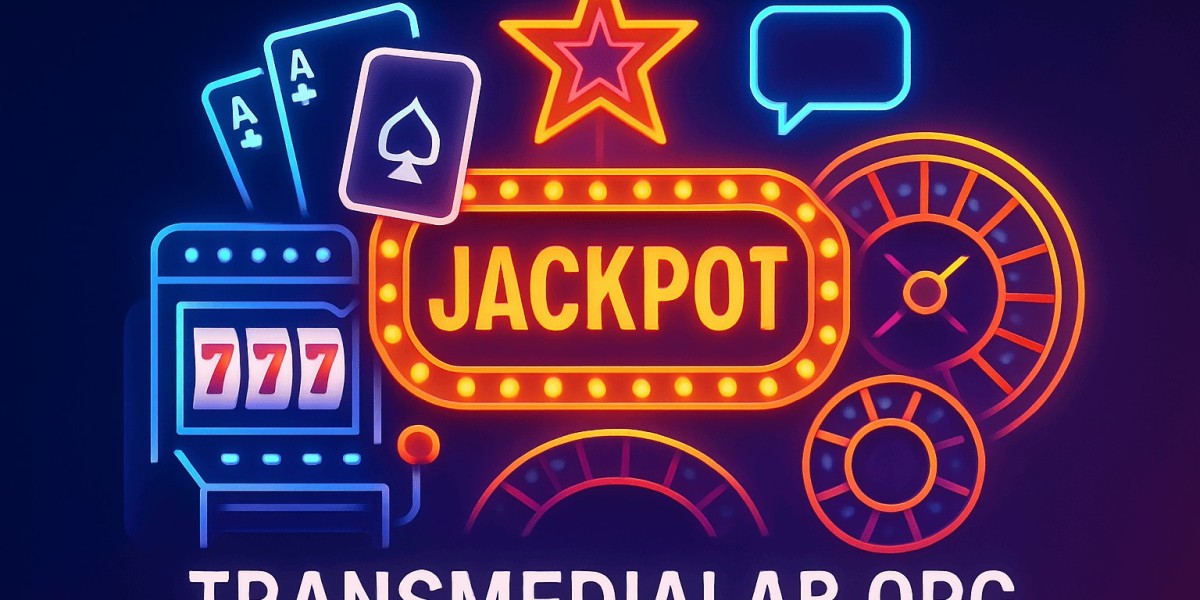Understanding the Driving Licence in the UK: A Comprehensive Guide
The driving licence is a necessary document needed for those wanting to operate a motor automobile in the United Kingdom. The process of getting a driving licence can frequently seem frustrating, filled with regulations and differing procedures across different categories of licences. This article digs into the UK driving licence system, its types, the process of acquiring one, and often asked questions.
Kinds Of UK Driving Licences
The UK has numerous types of driving licences, each customized for various categories of cars. Comprehending these different licence types is essential for potential drivers. Here's a breakdown of the significant classifications:
Provisional Licence:

- This is the primary step to acquiring a complete driving licence. It enables people to drive a lorry on UK roadways under particular conditions, typically while accompanied by a certified driver.
- Eligibility: Must be at least 17 years of ages (or 16 for mopeds).
Full Driving Licence:
- After passing the driving test, people are granted a full driving licence. This permits them to drive unaccompanied.
- Classifications of complete driving licence include:
- Category B: Cars and light vans.
- Category A: Motorcycles.
- Category C: Large cars, like trucks.
Unique Licences:
- For professional drivers and particular kinds of automobiles:
- HGV Licence: For driving heavy goods vehicles.
- PCV Licence: For passenger-carrying cars like buses and coaches.
- For professional drivers and particular kinds of automobiles:
Young Driver's Licence:
- Special provisions might apply to drivers under 25, including greater insurance expenses and constraints in some regions.
The Process of Obtaining a Driving Licence
The journey towards getting a driving licence in the UK involves numerous crucial actions. Each phase is developed to make sure that the applicant is well-prepared to run an automobile safely. Here are the phases broken down into an easy-to-follow procedure:
Step 1: Obtain a Provisional Licence
- Eligibility: Application can be made online or by means of postal services if the applicant is at least 17 years of age.
- Files Needed:
- Proof of identity (passport, etc)
- National Insurance number.
Step 2: Learn to Drive
- Driving Lessons: It is advisable to take lessons from a qualified instructor.
- Theory Test Preparation: Candidates need to study for the theory test, which examines understanding of roadway indications, guidelines, and safe driving practices.
Action 3: Pass the Theory Test
- Elements: The theory test includes multiple-choice concerns and a hazard perception test.
- Passing Requirements: Candidates should score above the required threshold on both areas to advance to the practical driving test.
Step 4: Pass the Practical Driving Test
- Booking the Test: Once positive with driving, individuals can reserve their dry run.
- Test Components: The practical test evaluates driving skills, manoeuvres, and decision-making capabilities.
Step 5: Receive Full Driving Licence
- After effective completion of both the theory and useful tests, candidates receive their complete driving licence.
Restoring and Updating Your Licence
Driving licences in the UK do have an expiry date. Generally, a full driving licence must be renewed every 10 years, and a provisionary licence every 10 years or upon reaching a specific age, depending on the category of the licence.
Key Points for Renewal:
- Ensure updated individual info is sent.
- Pay a renewal cost (relevant sometimes).
- Depending on age, a medical checkup might be needed.
Common FAQ about Driving Licences in the UK
1. How do I inspect if my provisionary driving licence stands?
- You can examine your licence status on the official government website by entering your information.
2. What takes place if I lose my driving licence?
- If you lose your licence, you should obtain a replacement through the DVLA. This process can be done online.
3. Can I drive with an expired licence?
- No, it is prohibited to drive with an ended licence. You should restore your licence before driving.
4. What are the penalties for driving without a valid licence?
- Driving without a legitimate licence can cause fines, points on your licence, and possibly more major legal consequences.
5. Can I drive in other countries with my UK driving licence?
- In numerous locations, a UK driving licence is recognized; however, some countries may require an International Driving Permit (IDP) in addition to your UK licence.
6. Can I take the useful test in another language?
- Yes, the driving test can be performed in different languages through the usage of an interpreter. It is advisable to check schedule and regulations beforehand.
Navigating the intricacies of acquiring a driving licence in the UK is crucial for anyone wanting to operate an automobile legally and securely. From understanding the various kinds of licences to following the structured procedure to get a licence, being informed significantly adds to successful driving experiences. By educating oneself through resources offered, consisting of main government websites, drivers can ensure they are well-prepared for the roads ahead. Understanding the guidelines and obligations connected with driving is not just crucial for individual safety however likewise adds to the total safety of road users.








